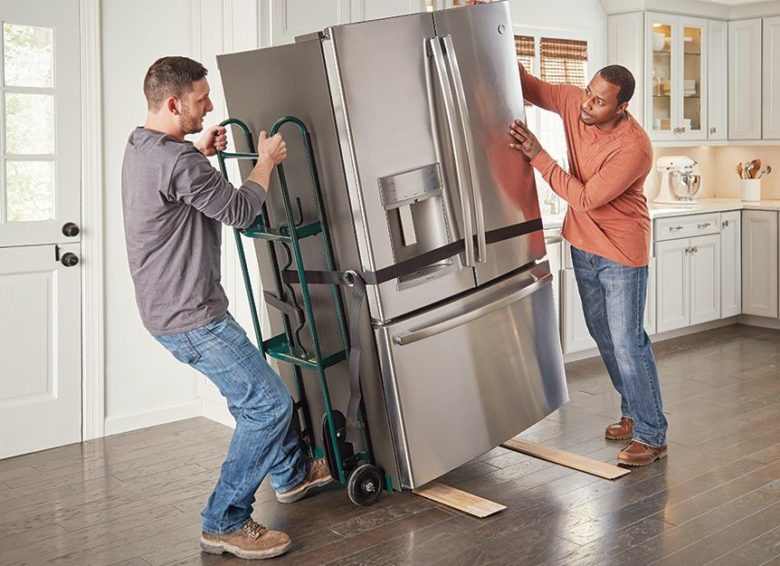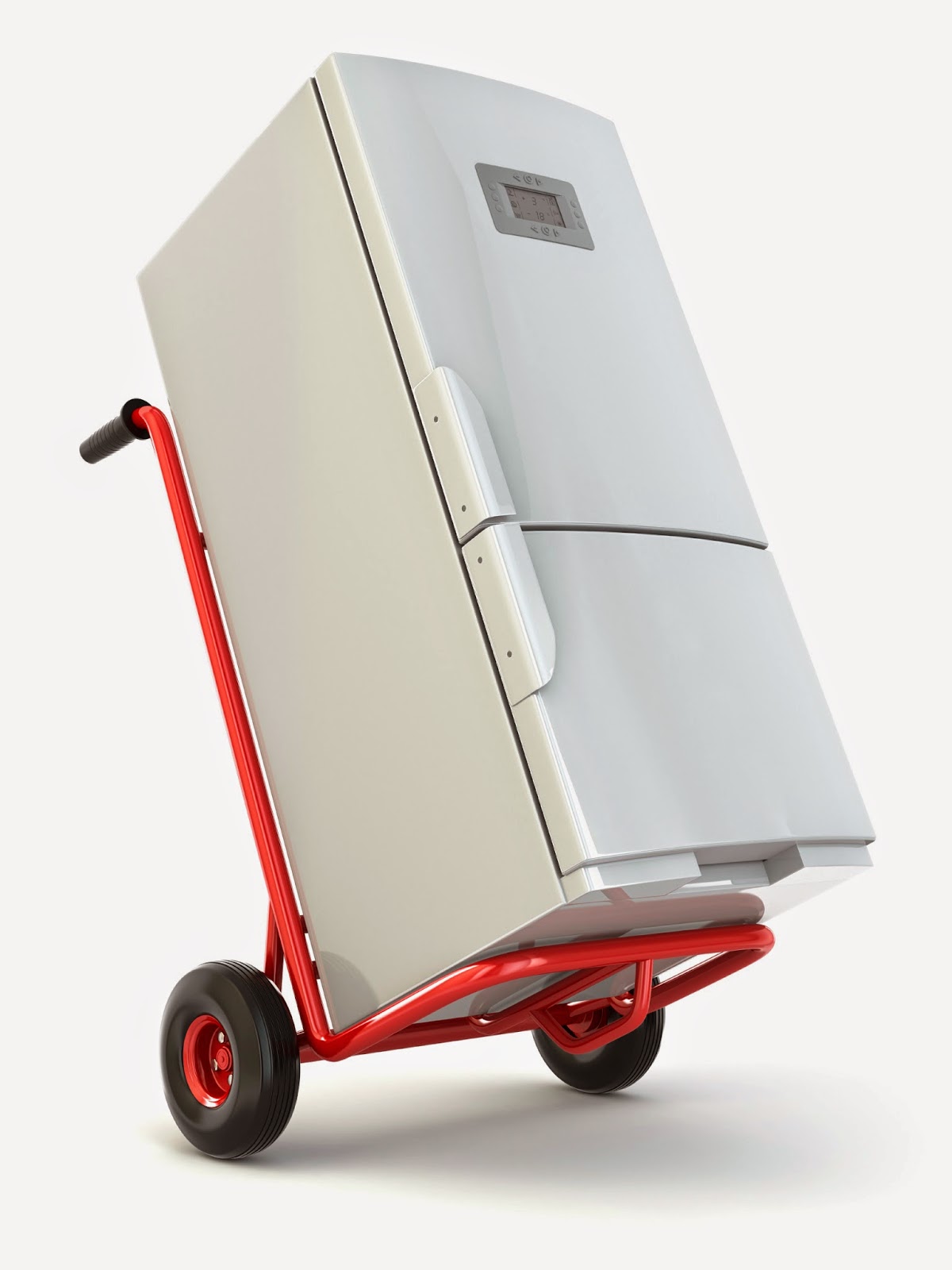
If you’re moving to a new place or buying a new fridge, you might wonder how to transport it safely and correctly. Can you lay it down on its side or back, or does it have to stay upright? What are the risks of damaging your fridge if you don’t follow the proper steps? In this post, we’ll answer these questions and give you some tips on how to transport a refrigerator without causing any problems.
The short answer is: it’s best to transport a refrigerator upright, but if you have to lay it down, there are some precautions you should take and some things you should do before turning it on again.
A refrigerator is a complex appliance that relies on a cooling system that circulates refrigerant through pipes and a compressor. The compressor is filled with oil that lubricates its parts and prevents overheating. When you lay a refrigerator down, the oil can leak out of the compressor and into the pipes, where it can mix with the refrigerant and clog the system. This can reduce the cooling efficiency of your fridge or even damage it permanently.
Another reason why you shouldn’t lay a refrigerator down is that it can cause the doors to become misaligned or the seals to break. This can affect the temperature and humidity inside your fridge and lead to food spoilage or mold growth. Additionally, laying a refrigerator down can put stress on its internal components and cause them to break or malfunction.

To transport a refrigerator safely, you should follow these steps:

Sometimes, you may not have enough space or equipment to transport a refrigerator upright. In that case, you may have no choice but to lay it down on its side or back. However, this is not recommended and should be done only as a last resort. If you have to lay a refrigerator down, here are some things you should do:

Q: How long can a refrigerator be unplugged?
A: A refrigerator can be unplugged for up to 24 hours without any major problems. However, this depends on the ambient temperature, the type of food you have in your fridge, and how often you open the doors. To keep your food safe and fresh, you should try to plug in your fridge as soon as possible and avoid opening the doors unnecessarily.
Q: How do I clean my refrigerator after moving it?
A: To clean your refrigerator after moving it, you should wipe down the inside and outside surfaces with a mild detergent and water. You can also use baking soda or vinegar to remove any odors or stains. Make sure you dry your fridge thoroughly before turning it on and storing your food.
Q: How do I dispose of an old refrigerator?
A: To dispose of an old refrigerator, you should contact your local waste management company or a recycling center. They will usually pick up your fridge for a fee and dispose of it properly. You can also donate your fridge to a charity or sell it to a second-hand store if it is still in good condition.
Transporting a refrigerator can be a tricky task, but with some planning and preparation, you can do it safely and efficiently. Remember to keep your fridge upright as much as possible, and if you have to lay it down, follow the tips we’ve given you in this post. We hope this article has helped you learn how to transport a refrigerator correctly and avoid any potential problems.
